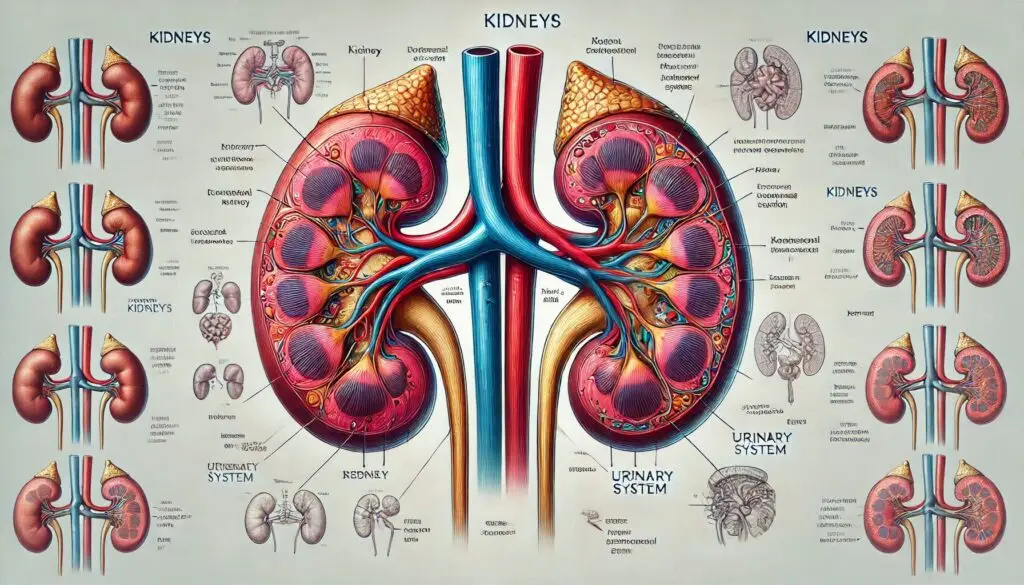Mycotoxins in Livestock: Risks and Solutions

What Are Mycotoxins?
Mycotoxins are secondary metabolites produced by fungi such as Aspergillus, Fusarium, and Penicillium. These toxins can contaminate crops during growth, harvest, or storage. They are often invisible to the naked eye and can be difficult to detect without laboratory testing.
Common Types of Mycotoxins
- Aflatoxins: Highly toxic and carcinogenic, primarily affecting the liver.
- Deoxynivalenol (DON): Causes vomiting and reduced feed intake.
- Zearalenone (ZEN): Mimics estrogen, leading to reproductive issues.
- Fumonisins: Linked to pulmonary edema in pigs.
- Ochratoxin A: Affects kidney function and immune response.
How Do Mycotoxins Affect Livestock?
Mycotoxin exposure can lead to a range of health problems in livestock:
- Reduced Feed Intake: Animals may eat less due to gastrointestinal discomfort.
- Impaired Growth: Chronic exposure can stunt growth and reduce weight gain.
- Reproductive Issues: Mycotoxins can cause infertility and abortions.
- Weakened Immune System: Animals become more susceptible to diseases.
Specific Effects by Animal Type
- Poultry: More sensitive to aflatoxins, leading to high mortality rates.
- Swine: Highly affected by DON, causing severe health issues.
- Cattle: Can experience lower milk production and poor weight gain.
Economic Impact of Mycotoxin Contamination
The presence of mycotoxins in livestock feeds poses significant economic challenges. Farmers face costs related to:
- Testing for mycotoxin contamination.
- Losses from sick animals or reduced productivity.
- Compliance with regulations regarding food safety.
In the U.S., aflatoxin contamination alone has been estimated to cost between $52 million and $1.68 billion annually.
Mitigation Strategies
Preventing mycotoxin contamination is challenging but not impossible. Here are some effective strategies:
1. Regular Testing
Farmers should regularly test feed for mycotoxin levels. This helps identify contamination early.
2. Proper Storage
Maintaining optimal storage conditions can reduce fungal growth. Ensure that feed is stored in dry, cool environments.
3. Use of Adsorbents
Adding binding agents to feed can help reduce the bioavailability of mycotoxins. These agents bind toxins so they are not absorbed by animals.
4. Crop Management Practices
Implementing good agricultural practices can minimize fungal contamination:
- Rotate crops to disrupt fungal life cycles.
- Use resistant crop varieties when available.
5. Education and Awareness
Educating farmers about the risks of mycotoxins is crucial. Awareness can lead to better management practices and early detection.
Conclusion
Mycotoxins pose a serious risk to livestock health and productivity. Understanding these toxins is essential for farmers aiming to protect their animals and maintain economic viability. By implementing effective testing, storage practices, and educational initiatives, the risks associated with mycotoxin contamination can be significantly reduced.
For more pearls of Vets Wisdom:
https://wiseias.com/partitioning-of-food-energy-within-animals/






Responses